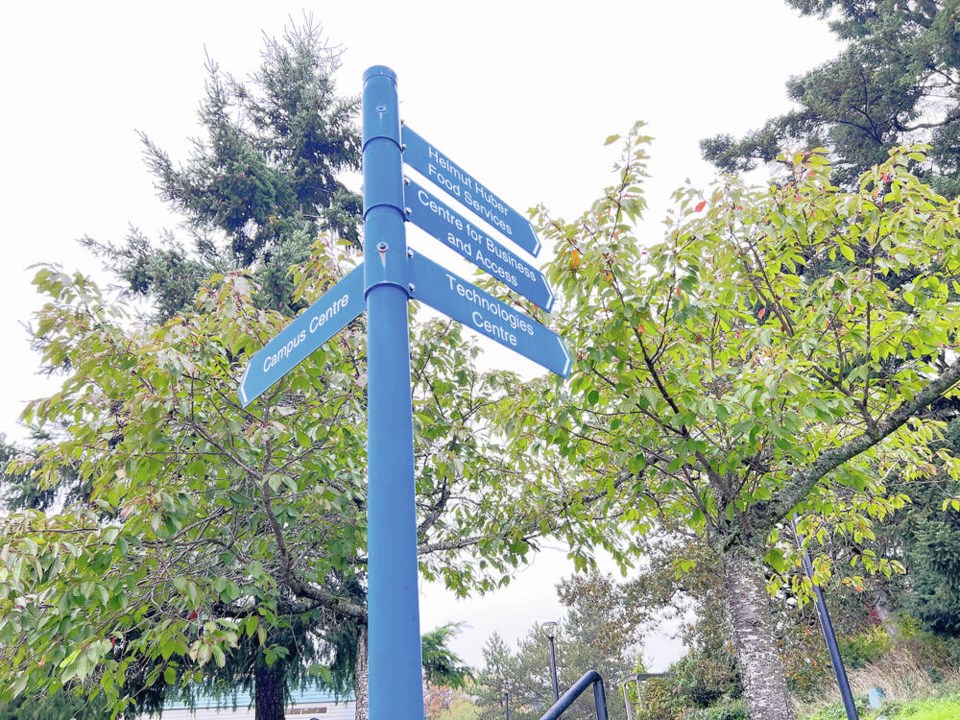A commentary by the author of The World’s Campus: Canada is a leader in attracting international students. That’s changing the country — for better and for worse.
Across Canada, post-secondary institutions have come to rely on international student tuition fees to keep the lights on and professors paid. In Victoria, Camosun College’s enrolment of 8,661 full-time equivalent students is about 18 per cen international. The University of Victoria says 17 per cent of its students are international.
However, there are huge risks associated with counting on international tuition. There is no guarantee that foreign students will continue to enroll over the coming years.
Canada has been very successful in attracting international students in the past decade. More than 800,000 are here every year. However, international education is competitive, with other English-speaking countries like Australia, the United Kingdom and the United States vying for students.
In particular, the United States was the world leader in education in the 1970s. It drew students from around the world, especially those attracted to its leadership in science. In recent years, however, it has struggled with political turmoil and the public relations fallout from mass shootings on campuses. As a result, international student numbers there have slumped.
However, there are signs that the sleeping American giant is awakening. American educators are no longer taking international admissions for granted and are starting to aggressively pursue international students. There are only so many students out there, so any increase in the U.S. market share will erode Canada’s.
External economic and political events can dramatically reduce the number of international students coming to Canada. The Asian financial crisis in 1997 caused the Korean won to fall dramatically in value, making it too expensive for families to send their children to Canada to study; the Korean student market collapsed almost overnight.
In 2018, a diplomatic feud between Canada and Saudi Arabia caused the latter country to withdraw funding for 15,000 students at post-secondary institutions across the country.
That was a multimillion dollar hit to both schools and the Canadian economy. More recently, Canada’s relations with India and China have gone off the rails, although this has not yet had a dramatic impact on international student numbers.
The ability of Canadian colleges like Camosun to attract international students is highly dependent on the federal government’s immigration policies.
One of the key reasons that students study in Canada is the opportunity to obtain a post-graduation work permit and eventually apply for permanent residency. However, only about three in 10 students with a bachelor’s degree obtain permanent resident status within a decade. This is often because they do not have the required managerial or professional work experience to qualify.
The federal government is reviewing this post-graduation work permit program. If it makes drastic changes that take away this path to permanent residency, it could deter international students from studying in Canada. They might choose Australia or the United States instead. And this would have a huge financial impact on colleges like Camosun.
All of these concerns add up to a significant risk for post-secondary educational institutions across Canada. Unfortunately, provincial governments have frozen or reduced funding. Naturally, schools have turned to the obvious alternative — international tuition fees — to meet their budgets.
Canada’s colleges and universities have no Plan B if the flood of international students turns into a trickle. Both the federal and provincial governments must develop a strategic plan to fund this sector and keep the number of international and domestic students in equilibrium.
It’s time to balance the books.
Note to readers: This column has been corrected. A previous version gave an incorrect number of students and international students at Camosun College.



